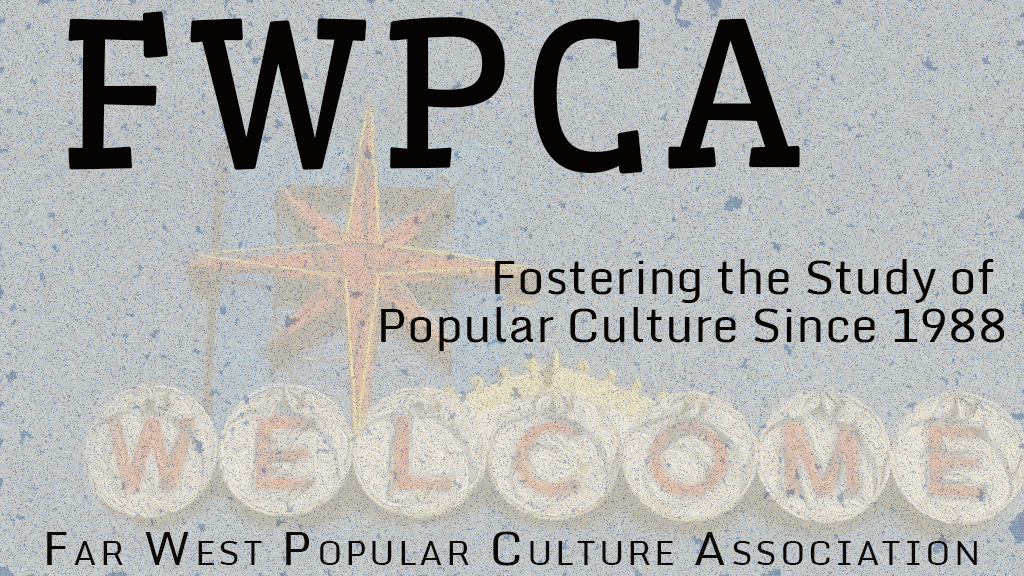
33rd Annual Conference Track 1, Session 4: Popular Culture and the Sacred: Religions, Cultures, Worldviews
Presentation Type
Panel
Abstract
The Wicker Man (1973) and Midsommar (2019) are horror films that address dominant ideologies including the patriarchy, anthropocentrism, and Christianity. Both films have a nature-connected cult that sacrifices for the community and performs rituals informed by pagan eco-spirituality. I perform an ecofeminist rhetorical criticism to analyze how, despite these shared themes, spiritual, gender, and environmental messages differ between the two films. In The Wicker Man, the audience is invited to sympathize with Neil’s character, his Christianity, and his individualistic masculinity as he is sacrificed in the cult’s harvest ritual. Alternatively, the main character in Midsommar, Dani, gets revenge on her abusive, apathetic boyfriend who is sacrificed, as Neil is, in a fire ritual. The cult in Midsommar offers community, connection to nature, gender equality, and shared values against the harsh reality of Dani’s former life, fostering ambiguity regarding the cult’s villainy and the solace they provide Dani. In analyzing these two films, I argue that they reflect changing perspectives on dominant ideologies as institutions to be valued in The Wicker Man and to be questioned in Midsommar. This project aims to prompt reflection regarding the media’s changing messages around nature, spirituality, and gender over time.
Included in
American Popular Culture Commons, Christian Denominations and Sects Commons, Film and Media Studies Commons, New Religious Movements Commons, Rhetoric Commons
The Rhetoric of Spirituality, Gender, and the Environment in The Wicker Man (1973) and Midsommar (2019)
The Wicker Man (1973) and Midsommar (2019) are horror films that address dominant ideologies including the patriarchy, anthropocentrism, and Christianity. Both films have a nature-connected cult that sacrifices for the community and performs rituals informed by pagan eco-spirituality. I perform an ecofeminist rhetorical criticism to analyze how, despite these shared themes, spiritual, gender, and environmental messages differ between the two films. In The Wicker Man, the audience is invited to sympathize with Neil’s character, his Christianity, and his individualistic masculinity as he is sacrificed in the cult’s harvest ritual. Alternatively, the main character in Midsommar, Dani, gets revenge on her abusive, apathetic boyfriend who is sacrificed, as Neil is, in a fire ritual. The cult in Midsommar offers community, connection to nature, gender equality, and shared values against the harsh reality of Dani’s former life, fostering ambiguity regarding the cult’s villainy and the solace they provide Dani. In analyzing these two films, I argue that they reflect changing perspectives on dominant ideologies as institutions to be valued in The Wicker Man and to be questioned in Midsommar. This project aims to prompt reflection regarding the media’s changing messages around nature, spirituality, and gender over time.


